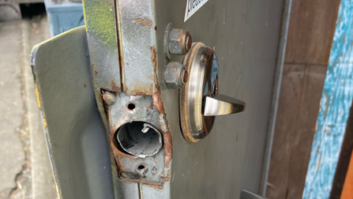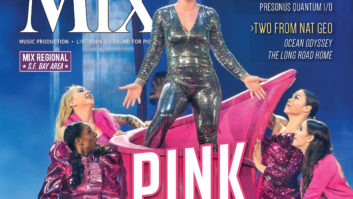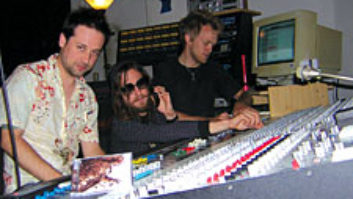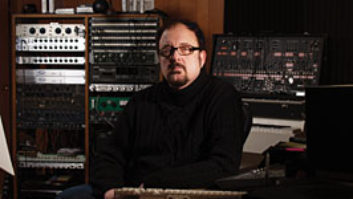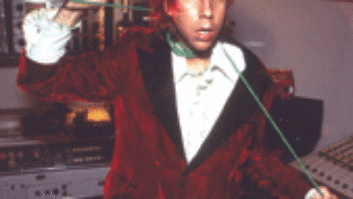John Vanderslice doesn’t mince words, and he doesn’t compromise his standards when it comes to audio. “I try to work only with people I’m really invested with aesthetically,” he says. “And I never use computers.”
Vanderslice owns and operates three analog-focused Bay Area facilities—two in San Francisco and one in Oakland, all part of his Tiny Telephone business. His original Studio A opened in 1997 in S.F. and features a Neve 5316 console, 24-track Studer 827 2-inch machine for recording, and a Mike Spitz-restored ATR 102 half-inch machine for mixdown. Studio B has a custom Neotek Elite II and similar tape machines. The latest and largest room, Tiny Telephone Oakland, offers a 64-channel Neve 8068, Studer 820, and another ATR 102, rebuilt by ATR Services.
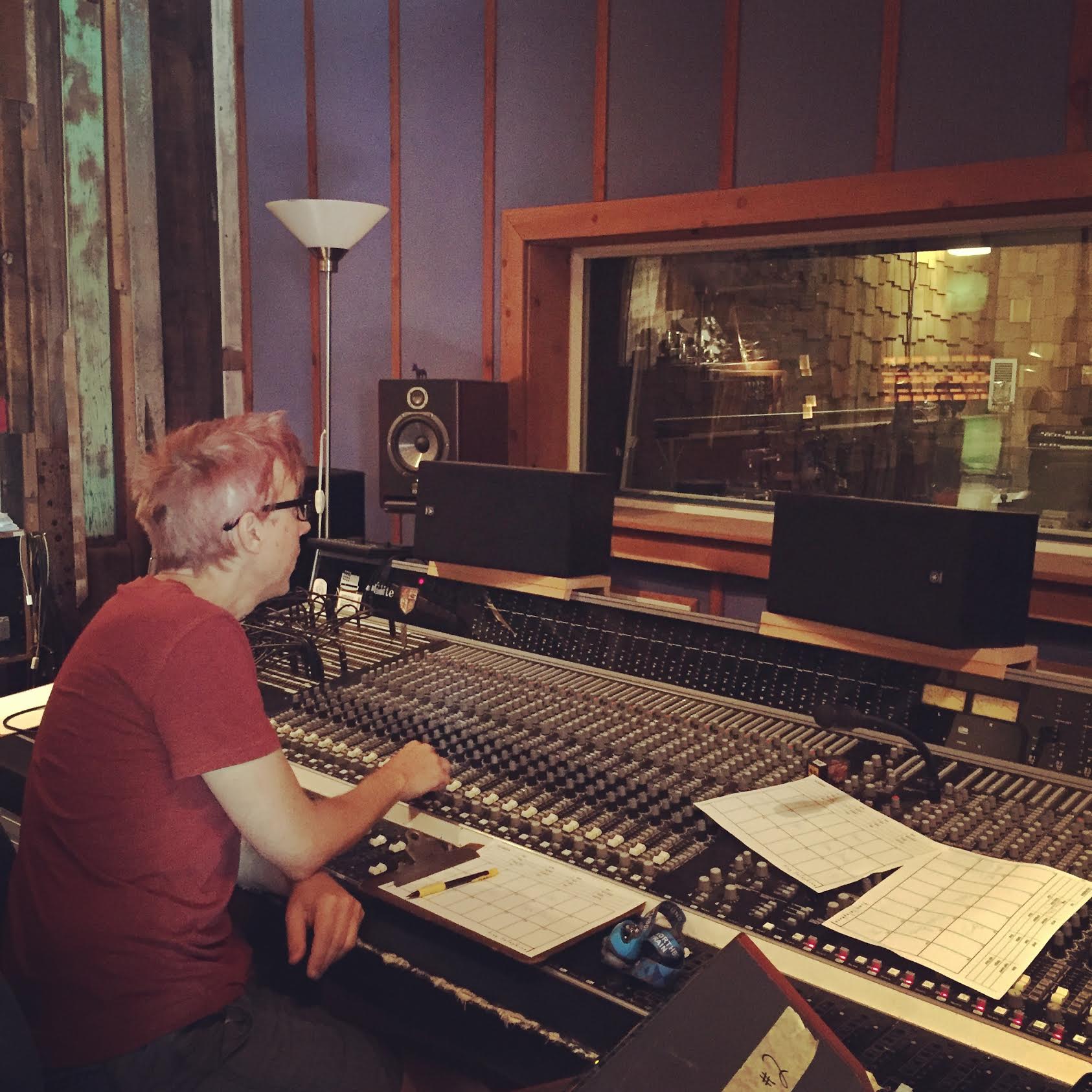
“In Oakland, it’s a much bigger footprint than the other studios, because in the Bay Area, we have to build inside the warehouse space we can get,” Vanderslice explains. “We have 23-foot ceilings and about 3,000 square feet. It’s much more like my heroes’ studios—like a Bill Putnam room. That’s what I was trying to steal as much as possible.”
Tiny Telephone: An Eclectic Analog Haven in San Francisco, by Anne Eickelberg, October 1998
Incidentally, Vanderslice has Pro Tools systems; he just doesn’t use them. “I think computers are awesome for email, but if you’re spending thousands of dollars on a studio and you’re on a computer, then, like, why?” he asks. “The whole point of doing this is to elevate and to enforce standards in a way that a band can actually grow and extend their career, challenge themselves, do better work. The idea that you’re using thousands of connections, hundreds of pieces of gear in sequence and that craft doesn’t matter is just insane. People don’t think these things matter, but they will debate taquerias for an hour.”
Radical Recording: An Unusual Search for Sounds, by Maureen Droney, Feb. 1, 2005
Vanderslice’s caring, meticulous approach to audio draws local and national artists including John Doe, Death Cab for Cutie, The Thermals, Sleater Kinney and so many more. Recently he produced and engineered Bay Area bluegrass favorites the Brothers Comatose for their new album, Ink, Dust & Luck. Like many of Tiny Telephone’s clients, the Brothers migrated between the three studio locations.
“It’s common because the studio is generally booked between two and three months ahead, and then the band will run out of time, so we’ll capture days in the other rooms,” Vanderslice says.
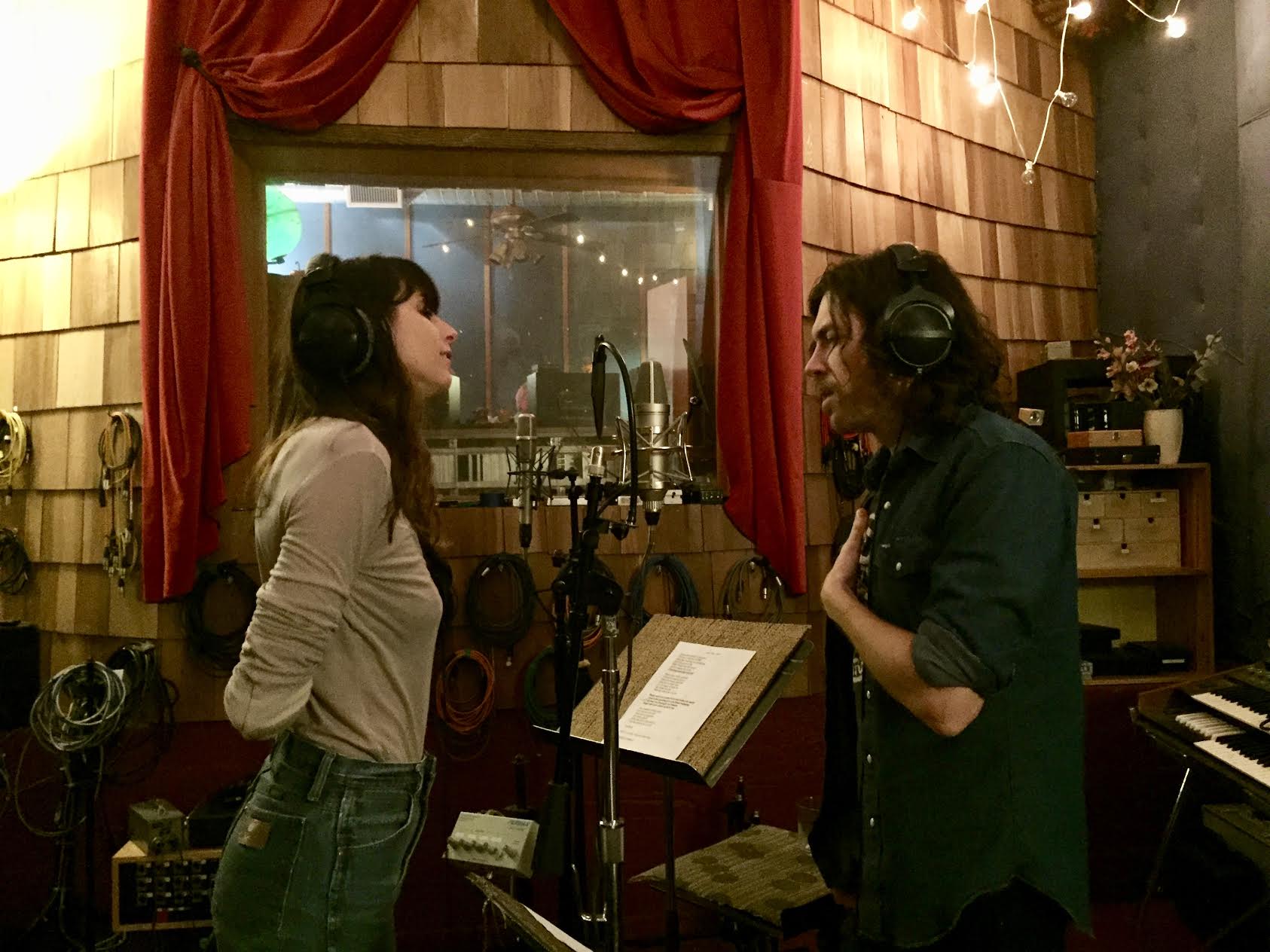
The five-piece Brothers Comatose—Ben Morrison (guitar, vocals), Alex Morrison (banjo, vocals), Gio Benedetti (bass, vocals), Philip Brezina (violin) and Ryan Avellone (mandolin)—recorded live with a scratch vocal. “Everyone was sitting close to each other, so I would be almost entirely in cardioid land,” Vanderslice says. “For example, on the upright bass, I had a Neumann U67 down near the bridge and a Schoeps CMC up near the fingerboard. That upright bass would be the only thing I’m trying to separate out because it tends to be louder than other instruments. On mandolin, I had a DPA 4003.
“With a five-piece, you have this dimensionality that adds up, and I just didn’t feel the need for a lot of room ambience. Also, sometimes room ambience can soften the edges of some of the playing.
Want more stories like this? Subscribe to our newsletter and get it delivered right to your inbox.
“They’re strict bluegrass, so they want to play live and they don’t want the studio to impose itself as an instrument,” Vanderslice continues. “I also work with a lot of art-rock music where the studio is part of the band and things are tracked more slowly and separately, and there’s a lot of stylization that happens. So, to me, it’s really refreshing just to be recording good-sounding instruments and really good players. That has a lot of power for me.”
